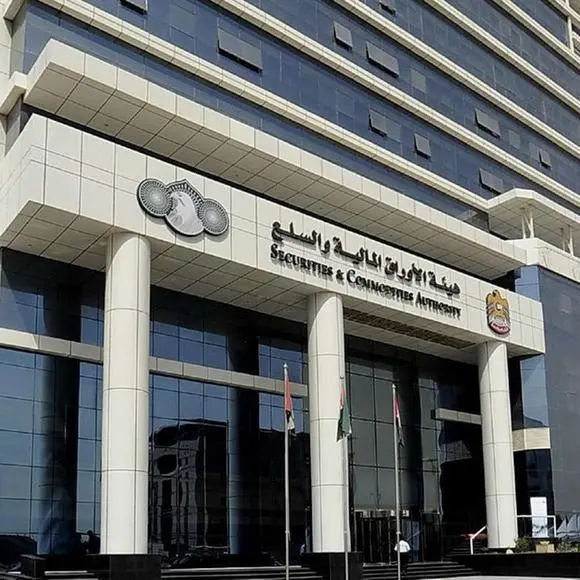Tuesday, Jul 01, 2014
Dubai: Moody’s Investors Service on Tuesday assigned to Sharjah Islamic Bank (SIB) isser ratings of A3/Prime-2 and a stand-alone bank financial strength rating of D+, which is equivalent to baseline credit assessment (BCA) of baa3.
The rating assignment reflects SIB’s very strong capital buffers, relatively low borrower and sector concentrations and satisfactory profitability and liquidity metrics, according to the rating agency.
“Moody’s assessment of Sharjah Islamic Bank’s franchise takes into account the growing importance of Islamic finance and associated franchise opportunities in the United Arab Emirates [UAE],” said Khalid Ferdous Howladar, Global Head of Islamic Finance at Moody’s Investors Service.
SIB is a small (around 1 per cent market share in terms of total assets) but growing Islamic franchise particularly in the emirate of Sharjah. Although the bank grew in line with the market (at compounded annual growth rate of around 8 per cent) until 2012, the bank has grown faster than the market in 2013 (19 per cent total assets growth versus UAE average of around 13 per cent). The bank’s franchise growth is supported by its strong presence in Sharjah where it has the largest branch network with 21 branches out of the total 28 branches.
Moody’s analysts said a key driver of their assessment is SIB’s extremely strong capital position.
“Sharjah Islamic Bank’s baa3 stand-alone credit profile is driven by its sound financial fundamentals particularly very strong capital buffers,” said Nitish Bhojnagarwala, Local Market Analyst for Sharjah Islamic Bank.
“The final A3 issuer rating benefits from a three-notch uplift from the stand-alone profile due to our assumptions regarding the high level of systemic support from UAE authorities in case of need.”
Despite low profit retention (around 78 per cent dividend payout rate in 2013) combined with high asset growth, the bank’s Tier 1 ratio (under Basel II standards) stood at around 31 per cent as of December 2013). Although the bank’s capital levels are declining, the Tier 1 ratio remains among the highest in the GCC and 2.5 times the 12 per cent median of global banks with baa3 ratings.
SIB’s borrower and sector concentration levels are relatively low when compared to many of the banks in the region and the concentration levels reduce further when excluding the highly rated exposures.
Such relatively low levels reduce the bank’s vulnerability to event risk. In addition, like other GCC banks, SIB exhibits real estate sector concentrations — however the level is well below 100 per cent of Tier 1 capital (under Moody’s sector classification) which compares favourably to most of its peers.
By Babu Das?Augustine Banking Editor
Gulf News 2014. All rights reserved.




















